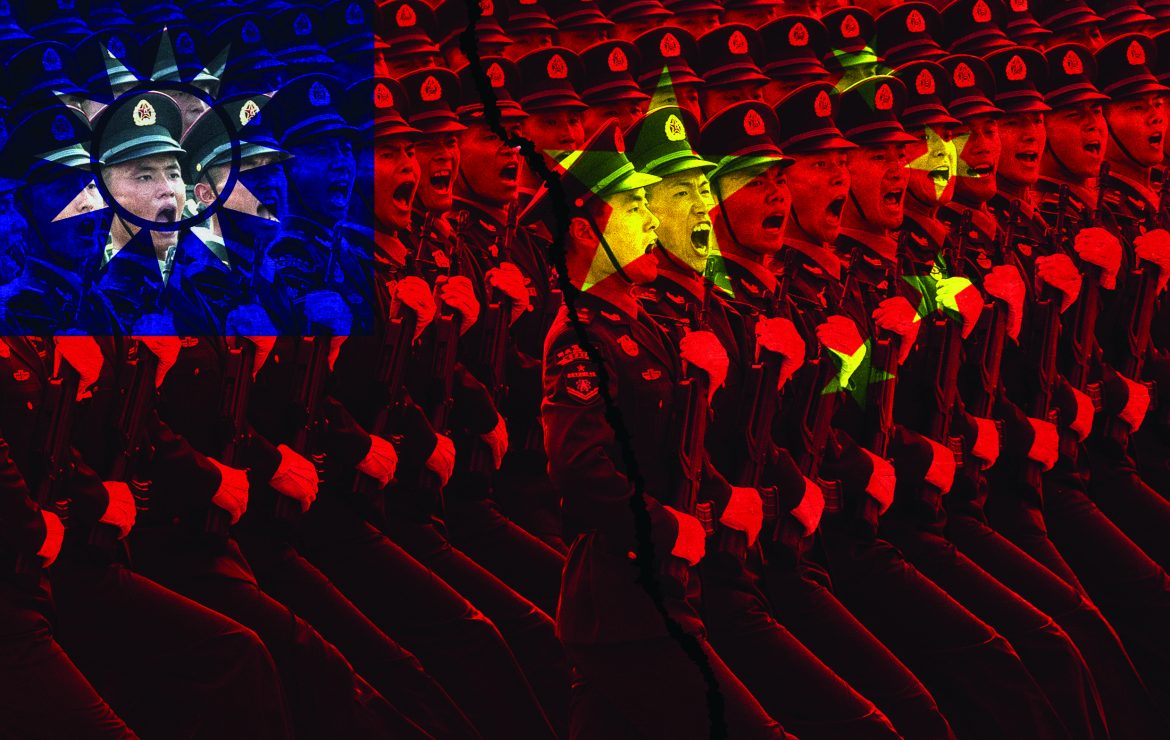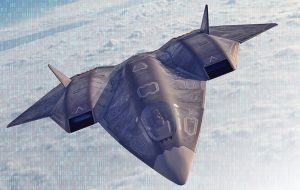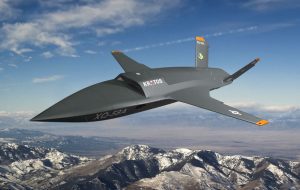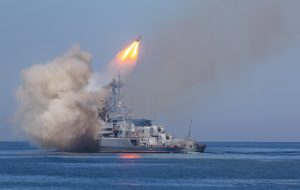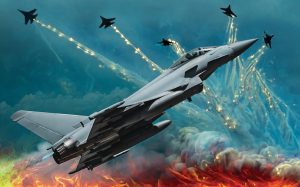General Mark Milley, of the US Army, warned in November 2021 that China was working “clearly and unambiguously” to develop its military capabilities to invade Taiwan in the near future. This statement came in the wake of another statement by US President Joe Biden, in which he stressed that his country has a clear obligation to protect Taiwan in the event of a Chinese invasion. This comment infuriated Beijing, whose State Department responded to Biden by assuring that it would not concede or accept any settlements on issues of core interests and sovereignty and territorial integrity, in reference to Taiwan.
Both statements reveal a real concern about China’s tendency to enhance its military capabilities in a way that would qualify it not only to invade Taiwan, but to neutralize US military countermoves during this invasion.
China’s growing military capabilities:
According to US assessments, the PLA’s advanced capabilities and concepts aim to enhance China’s ability to “fight and win wars” against a “strong enemy”, a possible reference to the United States, to force Taiwan’s annexation, as well as to force countries with territorial disputes with China to abandon their regional demands, in addition to confronting the interference of any third party in a conflict along the edges of the People’s Republic of China, and finally projecting its military power at the global level.
Beijing has recently tended to carry out military experiments and moves and possess advanced weapons systems, indicating that Beijing is seeking to possess the appropriate military capabilities to restore the island militarily. These moves can be detailed in the following:
A remarkable hypersonic missile test: In August 2021, Beijing launched a Long March missile, a hypersonic missile capable of flying at five times the speed of sound, a development that “surprised US intelligence”. Beijing also managed to launch a projectile from a hypersonic missile last July. Although the Chinese missile missed its target by about 32 kilometers, the test was advanced, and revealed that China is nearing the end of the testing phase, and the start of manufacturing hypersonic missiles for its army.
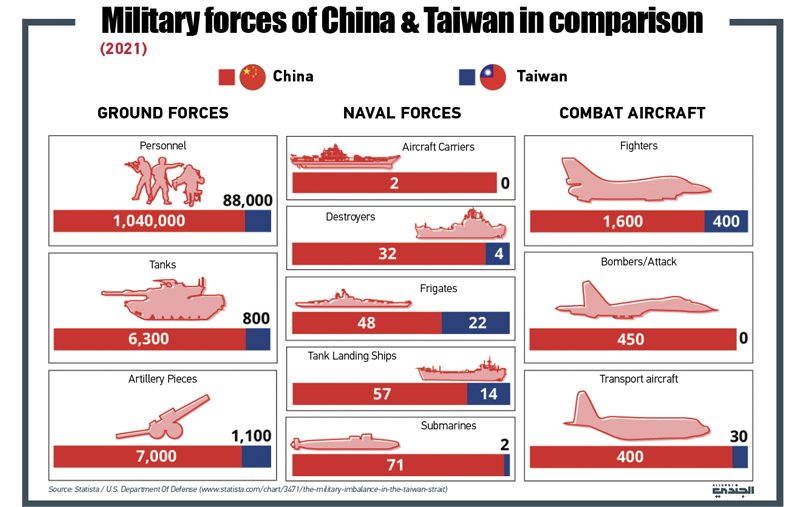
China’s development of this type of missile represents a noticeable threat to Washington from four connected angles.
First, is that the United States, and other countries, have developed anti-ballistic and winged missile air defense systems, but no anti-hypersonic missile air defense systems capable of shooting them down have yet been developed.
Second, that the United States failed for the third time in a row to test a new hypersonic missile model. The last test came on December 15, 202, the launch of AGM-183A missile from a B-52 Stratofortress was unsuccessful.
Third, China’s test of a hypersonic missile that can launch a projectile into the air in July is a technology that neither the United States nor Russia currently possess, which reveals, according to US officials, that this step shows that China’s capabilities are greater than what is known so far. That is, while Washington failed to develop a hypersonic missile, similar to Russia’s and China’s, Beijing took an additional step on this path, by launching a projectile from a hypersonic missile. Experts at DARPA, the Pentagon’s research agency, revealed that they do not know how China was able to launch a projectile from a vehicle flying at hypersonic speed, “more than five times the speed of sound. They also do not know the nature of the projectile that fell into the sea. The Americans experts are still divided about the nature of the projectile, as some see it as an air-to-air missile, while others believe that its function is camouflage to protect the hypersonic missile in the event of a threat.
Fourth, the Chinese experiment took place in conjunction with the escalation of tension between the United States and China due to the latter’s intensification of its military activities near Taiwan, which indicates that Beijing aims to develop this type of missile to assure Washington of its technological development, and its possession of capabilities that limit Washington’s military superiority over it.
Beijing continues to develop its military capabilities: The Taiwanese Ministry of Defense confirmed in a report issued in November that Beijing is strengthening its capabilities to direct air, sea and land strikes against Taiwan. The report added that these capabilities include imposing a “blockade on Taiwan’s vital ports, airports and foreign flight routes to cut off air and sea lines of communication. The report also warned that China is capable of striking all of Taiwan with its missile arsenal, including ballistic and winged missiles, as it enhances its ability to launch amphibious attacks on the island.
Gray war tactics: Beijing has used gray war tactics to threaten Taiwan, for example, by conducting almost daily campaigns of military exercises, patrols, and intimidating surveillance that do not rise to the level of armed military confrontations. Beijing has recently increased the number of warplanes it sends into the airspace around Taiwan. In the air defense identification area southwest of Taiwan, Beijing carried out a record number of 149 sorties in four days during China’s celebration of its National Day. China also used sand to fill waterways and encircle the remote islands of Taiwan.
Enhancing military nuclear capabilities: During the past months, Beijing has built two nuclear missile sites. Satellite images from Xinjiang Province showed that the site could accommodate about 110 missile silos when it was completed. It also built 120 missile silos in a desert area site in Yumen in Gansu Province.
The US Department of Defense confirmed that the Pentagon in 2020, China was about to double its stockpile of nuclear warheads, amounting to 200 nuclear warheads, and refused to enter into any negotiations to limit nuclear arms with the United States or Russia, given that the number of nuclear warheads owned by China was much less than what the two countries possessed. The United States had about 5,800 nuclear warheads in 2020, while Russia had 6,375 nuclear warheads.
China’s construction of new silos can be explained on the basis of its desire to expand its nuclear forces to maintain a posture of nuclear deterrence in a way that enables it to withstand a first US nuclear strike, and respond in sufficient numbers to defeat US missile defenses.
Chinese capabilities are not limited to building new silos for intercontinental ballistic missiles capable of carrying nuclear warheads, but Admiral Charles Richard, who leads the US nuclear forces, indicated before a congressional hearing in April 2021, that China is also expanding in building mobile missile launchers that can be concealed. The Chinese Navy has also introduced new submarines capable of carrying nuclear weapons to its growing fleet. And if China manages to do so, it will be able to neutralize Washington’s ability to interfere in any military conflict between China and Taiwan.
On the other hand, China is developing a new type of ballistic missile, capable of carrying more than one nuclear warhead, and each missile can be directed in order to have the ability to hit a potential target, in what is known as the “Independently Targeted Multiple Re-entry Vehicle”.
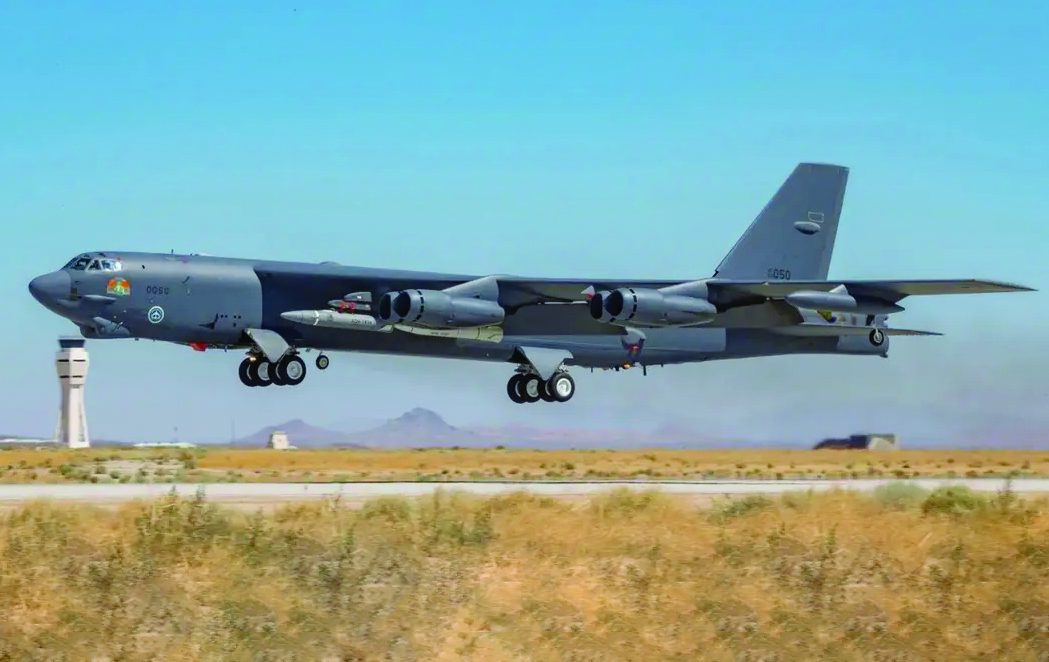
Taiwan-American countermoves:
In the face of previous Chinese moves, and pessimistic American assessments about Beijing’s intentions towards Taiwan, Taipei and Washington tended to respond to Chinese moves by taking the following steps:
Increasing Taiwan’s military spending: Taiwanese President Tsai Ing-wen announced an increase in military spending by 240 billion Taiwan dollars (8.69 billion US dollars) over the next five years, including spending on new missiles, considering that it urgently needs to develop weapons, as China has increased its military and diplomatic pressure on the island, threatening to recover it, albeit by force.
But if the Chinese and Taiwanese militaries are compared, in terms of the number of troops and the modernity of the forces, Taiwan will lag far behind China. Although Taiwan receives regular supplies of weapons worth billions from the United States, China’s official military budget alone is 16 times that of Taiwan’s.
In terms of troops, the size of the Chinese army is estimated at 2.2 million, compared to only about 170,000 soldiers for Taiwan’s army. As for the sea, China certainly has the upper hand. While China is building a third aircraft carrier, Taiwan owns two submarines, dating back to the eighties of the last century, meaning that in the end, Taiwan will not be able to stand up to any Chinese military operation to occupy the island without external support.
American pledges to Taiwan: Last October (2021), US President Joe Biden confirmed that the United States would defend Taiwan militarily if China launched an attack on this island, statements that China strongly criticized, stressing that it will not compromise on an issue related to sovereignty. It seems that Biden seeks to avoid strategic ambiguity, a policy that characterized US policy toward Taiwan, as Washington’s stance will potentially be unclear in the event that Beijing moved to invade Taiwan militarily, despite the fact that Washington is the main supplier of arms to Taiwan.
In the face of Chinese anger, Washington was forced to retract Biden’s statements. The White House reiterated that the US policy toward Taiwan had not changed, and made it clear that “the president was not about to announce any change in US policy towards Taiwan. The White House stressed that it is still following the law of relations with Taiwan issued in 1979, in which Congress demanded that the United States provide arms to the island to defend itself, but it remained ambiguous about the possibility of Washington’s military intervention to defend it.
Doubts are raised about Washington’s ability to defend Taipei in the event of an attack from China. David Ochmank, a former senior official in the US Department of Defense who is currently working on managing the Pentagon’s war games at the RAND Corporation, has indicated that Washington’s chances of success in defending Beijing are slim.
In these war games, the “blue team” of the United States faced the “red team” of China. In this simulation, the Taiwanese air force was wiped out within minutes, US air bases across the Pacific were attacked, and US warships and planes were neutralized by Chinese long-range ballistic missiles. “Even when the blue teams intervene in simulation and war games in a resolute manner, they do not always succeed in defeating the Chinese invasion,” Ochmank emphasized.
In conclusion, it can be said that the Chinese moves clearly reveal Beijing’s tendency to develop its nuclear and missile military capabilities in a way that may neutralize American supremacy in the coming years, despite the current American assessments talking about the United States’ inability to achieve a decisive victory to deter any possible Chinese attacks to restore Taiwan by military force at the moment.
« By: Dr. Shadi Abdel Wahab


